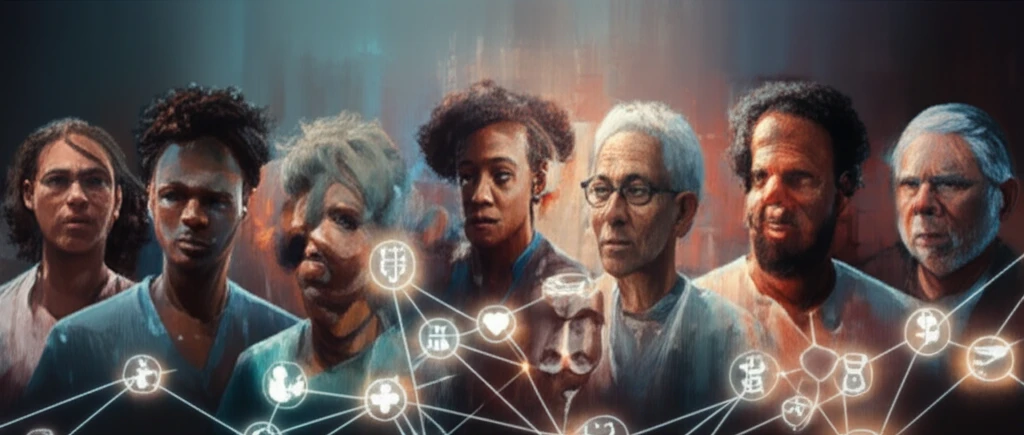
Bridging the Digital Divide: How Immigrants Are Increasingly Engaging with e-Health
"A new study reveals the growing trend of U.S. immigrants utilizing online tools for healthcare, highlighting the importance of culturally sensitive digital health initiatives."
In an era where healthcare increasingly intersects with technology, understanding how different populations engage with digital health resources is crucial. For U.S. immigrants, who often face unique barriers to quality healthcare, e-health tools offer a promising avenue to bridge gaps in access, information, and support. A recent study sheds light on the evolving trends of e-health engagement among U.S. immigrants, revealing both progress and persistent disparities.
The study, featured in Health Communication, analyzes data from the Health Information National Trends Survey (HINTS) between 2008 and 2013, providing a valuable longitudinal perspective. Researchers Xinyan Zhao, Bo Yang, and Chau-Wai Wong examined how immigrants' use of online health resources has changed over time and how cultural factors, such as ethnicity and length of residence in the U.S., influence their engagement.
This article delves into the key findings of the study, exploring the specific e-health activities immigrants are adopting, the cultural nuances that shape their digital health behaviors, and the implications for designing more inclusive and effective e-health interventions. By understanding these trends, we can work towards a future where digital health truly serves all members of our diverse society.
Key Trends in Immigrant e-Health Engagement

The study revealed significant increases in specific e-health activities among U.S. immigrants between 2008 and 2013. Two key areas showed notable growth:
- Tracking Personal Health Information Online: More immigrants are using online platforms to monitor their health data.
- Communicating with Doctors Online: There's a rise in virtual consultations and secure messaging with healthcare providers.
- Seeking a Health Provider Online: The percentage of immigrants seeking healthcare providers online remained moderate, indicating persistent barriers to access or awareness.
- Joining an Online Support Group: Participation in online support groups remained low, suggesting a potential missed opportunity for social support and community building.
Implications for Culturally Sensitive e-Health Initiatives
The study underscores the importance of tailoring e-health interventions to meet the specific needs and cultural backgrounds of diverse immigrant communities. One size does not fit all, and culturally sensitive approaches are essential for maximizing engagement and impact.
Targeted initiatives can address the unique barriers faced by different ethnic groups. For example, Asian immigrants showed a strong trend toward tracking health information and communicating with doctors online, while Hispanic immigrants demonstrated increased engagement in communicating with doctors. Understanding these nuances allows for more effective communication strategies.
Ultimately, by recognizing the diverse needs and preferences of immigrant communities, we can create a more equitable and accessible digital health landscape that empowers all individuals to take control of their health and well-being.
